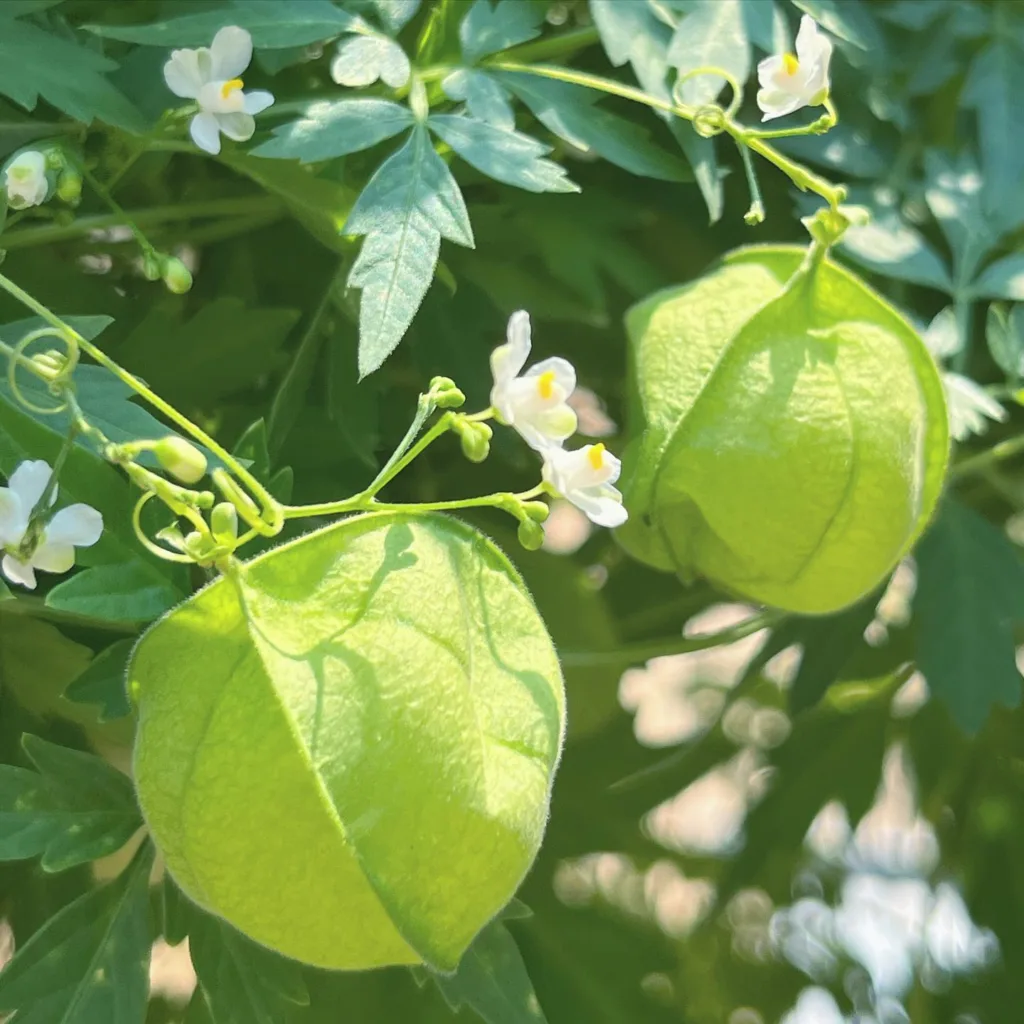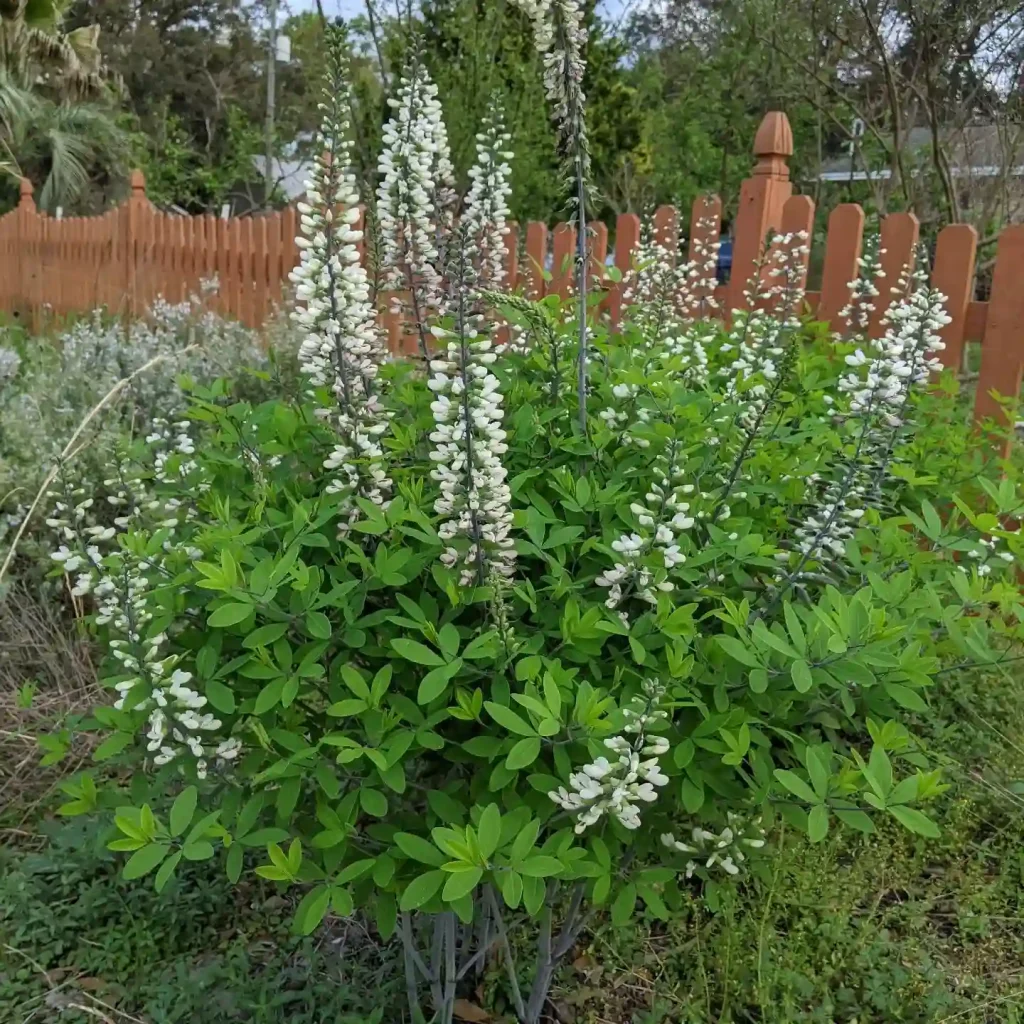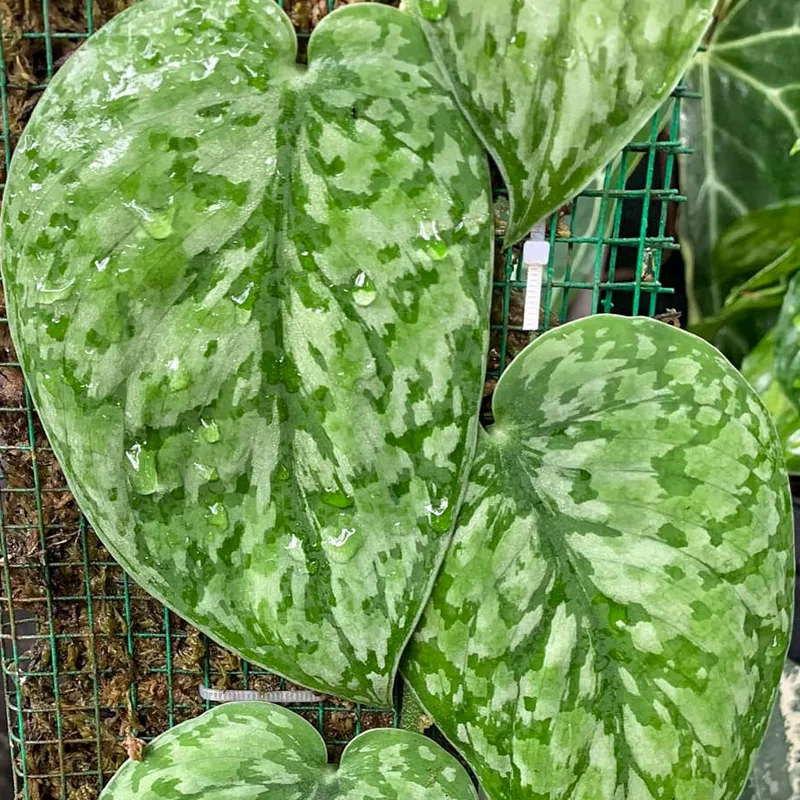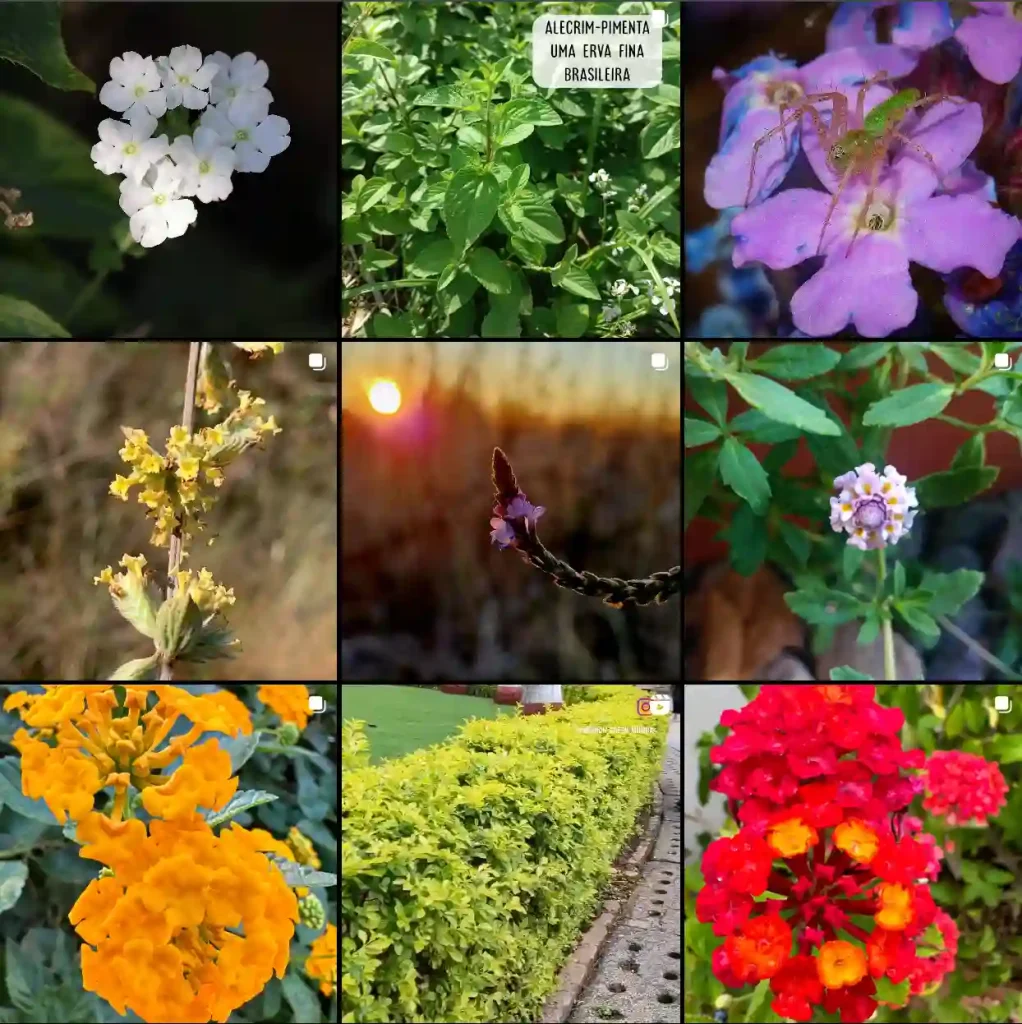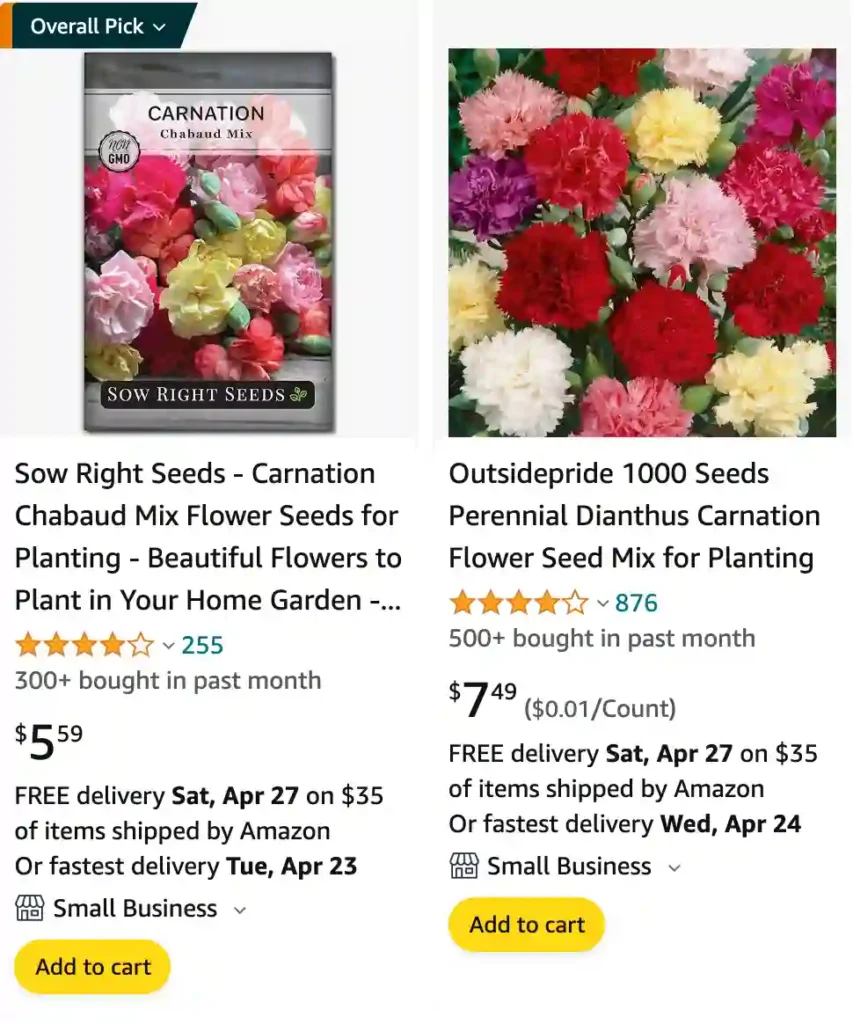
Carnation – Dianthus Caryophyllus: A Timeless Bloom
Carnations, scientifically known as Dianthus Caryophyllus, have always held a special place in my gardening journey. As Ferb Vu, a passionate plant enthusiast, I’ve encountered many flowers, but the carnation’s timeless elegance and versatility continually captivate me. This flower, with its intricate petals and subtle fragrance, feels like nature’s poetry—simple yet profound.
378 Species in Genus Dianthus
The Charm of Carnations
Carnations are much more than pretty blooms; they are steeped in history and symbolism. Originating from the Mediterranean region, these flowers have been cherished for centuries. Their name, derived from the Greek words dios (divine) and anthos (flower), translates to “divine flower.” When I first learned this, I couldn’t help but agree; their beauty feels heavenly.
What sets carnations apart is their incredible versatility. From delicate pinks to bold reds and sunny yellows, their palette suits every mood and occasion. Whether adorning wedding bouquets, celebrating Mother’s Day, or offering solace at funerals, carnations are always meaningful.
Cultivating Carnations
I’ve always found cultivating carnations to be a rewarding experience. They thrive in sunny locations with well-drained soil, and they’re surprisingly low-maintenance. I usually plant them in early spring, spacing each about 12 inches apart to ensure good air circulation. Over time, I’ve learned that deadheading spent blooms keeps them vibrant, and a balanced fertilizer every few weeks ensures steady growth.
What fascinates me most about Dianthus caryophyllus is their resilience. In my garden, even during unpredictable weather, these plants stand strong, their blooms steadfast against winds and rains. Their slightly spicy fragrance is an added bonus, giving my outdoor space an inviting allure.
Varieties I Adore
Among the many carnation varieties, I have a few favorites. The classic “Chabaud” variety, with its frilled edges and sweet scent, feels like a vintage treasure. Then there’s the “Grenadin” series—compact and vibrant, perfect for smaller garden spaces. For those who prefer subtlety, the pastel tones of “La France” are unmatched.
Each variety brings a unique charm to the garden. I often mix different types to create a harmonious yet diverse display. It’s like painting with flowers, each petal a brushstroke on nature’s canvas.
Carnations in My Daily Life
Beyond their visual appeal, carnations have a practical side I’ve come to appreciate. Their cut flowers last remarkably long, sometimes up to three weeks with proper care. I often use them in my home, their cheerful presence uplifting my spirits. Their long vase life also makes them a go-to choice for gifting, symbolizing love and admiration.
There’s also a cultural richness to carnations. They are national flowers in several countries and hold deep meanings in various traditions. For example, red carnations signify love and admiration, while white ones represent purity and good luck. Incorporating these blooms into my life feels like connecting with a global legacy.
Challenges and Lessons
No gardening journey is without its challenges, and carnations are no exception. Pests like aphids and diseases like rust have tested my patience. But these hurdles taught me valuable lessons in plant care. Regular inspection and natural remedies, like neem oil sprays, have proven effective.
Another lesson has been understanding their watering needs. Overwatering can lead to root rot, so I’ve learned to let the soil dry slightly between waterings. These small adjustments make a big difference in ensuring healthy plants.
FAQs
What do carnations look like?
I think carnations look like little bursts of ruffled sunshine. Their petals are tightly layered, sometimes with a delicate fringe on the edges, which always reminds me of fancy pinking shears. They have this full, fluffy appearance that just seems cheerful and celebratory. The stems are long and slender, and the blooms always have a way of standing tall and proud with their vibrant colors. You’ll often see carnations in a wide array of colors, from classic reds and pinks to playful yellows and even soft purples.
What do carnations symbolize?
I’ve always found the symbolism of carnations to be quite fascinating. They represent a whole spectrum of love, from the pure love and good luck symbolized by white carnations to the fiery passion of deep red ones. Pink carnations, which were often used for Mother’s Day, hold a special meaning of gratitude and remembrance. For me, carnations symbolize warmth, a celebration of the different types of love, and the idea that sometimes the most beautiful things can come in seemingly simple packages.
Are carnations edible?
Believe it or not, carnation petals are actually edible! I’ve never personally tried them myself, but I’ve heard they have a subtle sweetness with a hint of spice, almost like cloves or nutmeg. They are often used to decorate salads, as a garnish for cakes, or even steeped in wine for a unique twist. I’m a bit of an adventurous eater, so I’m definitely intrigued to give them a try sometime. I imagine they would add a lovely pop of color and surprising flavor to a dish!
Are carnations perennials?
It depends on the variety! Some types of carnations are perennials, meaning they come back year after year. My grandmother’s carnations always seemed to reappear faithfully each spring, adding their familiar scent to the air. Other types of carnations are annuals, completing their life cycle in a single season. I remember buying small pots of carnations at the farmer’s market, knowing they’d brighten up my porch for a while before fading away.
Are carnations toxic to cats?
Unfortunately, I’ve learned that carnations can be mildly toxic to cats. I had a vase of them on my coffee table once, and my curious cat decided to take a nibble. Thankfully, she didn’t have a severe reaction, but she ended up with some tummy troubles and seemed a bit under the weather for a day. It was a lesson to me that even seemingly harmless flowers can be dangerous for our feline friends, and now I’m much more careful about what plants I keep in the house.
Are carnations toxic to dogs?
Yes, carnations are considered mildly toxic to dogs. My neighbor’s dog once got into her flower bed and munched on some carnations, which definitely wasn’t ideal! She ended up having a bit of an upset stomach and some skin irritation. It definitely wasn’t a serious situation, but since then I’ve always tried to keep an eye on my curious pup whenever we’re around flowering plants, just in case. It’s better to be safe and keep our furry friends away from anything that could make them feel unwell.
How to dry carnations?
There are a few ways I like to dry carnations! My favorite method is pressing them. I remember doing this with leaves as a kid, and it works beautifully with flowers too. I carefully sandwich my chosen carnation blooms between sheets of parchment paper and place them inside a heavy book. The weight gently presses and flattens them, preserving their shape and color. Another way I’ve dried carnations is the simple hanging method. I tie a bunch together at the stems and hang them upside down in a dark, airy spot until they’re completely dry and papery.
What color are carnations?
Carnations are the rainbow of flowers! They come in an amazing variety of colors. The classics that bring a bit of nostalgia for me are pinks, reds, and whites. Then, you have bright yellows, oranges, and even purples offering a really vibrant look. I’ve even seen some modern carnations with stripes or speckled patterns, which are super fun. My grandmother’s carnations always seemed to be in softer shades, but the possibilities are honestly endless!
Carnation vs Peony
Carnations are the rainbow of flowers! They come in an amazing variety of colors. The classics that bring a bit of nostalgia for me are pinks, reds, and whites. Then, you have bright yellows, oranges, and even purples offering a really vibrant look. I’ve even seen some modern carnations with stripes or speckled patterns, which are super fun. My grandmother’s carnations always seemed to be in softer shades, but the possibilities are honestly endless!
Carnation vs Rose
Roses, the classic symbol of love, have always held a certain allure. But for me, carnations have their own charm. Unlike the passionate intensity of a rose, carnations offer a softer, more gentle affection. I once gave my grandmother a bouquet of pink carnations on Mother’s Day, and she was overjoyed by their understated beauty.
Carnation vs Marigold
Marigolds, with their bold, sunny colors, are undeniably cheerful. But carnations, in their pastel hues, have a quieter kind of beauty. I recall planting a row of carnations in my garden and watching as they gradually filled with color, creating a calming oasis amidst the more vibrant flowers.
Carnation vs Chrysanthemum
Chrysanthemums, with their structured petals and autumnal tones, have a sophisticated air. Carnations, on the other hand, feel more approachable and friendly. I remember receiving a mixed bouquet of carnations and chrysanthemums, and while the chrysanthemums were undeniably striking, I found myself drawn to the carnations’ gentle sweetness.
Why I Keep Coming Back to Carnations
What keeps me growing carnations year after year is their ability to evoke emotion. They’re not just flowers; they’re storytellers. Each bloom whispers tales of love, resilience, and beauty. Whether I’m tending to them in my garden or arranging them in a vase, carnations remind me of life’s simple joys.
As I reflect on my journey with Dianthus caryophyllus, I realize how these flowers have enriched my life. They’ve taught me patience, rewarded my efforts, and brought beauty into my world. If you haven’t already, I encourage you to invite carnations into your life. Trust me, they’ll bloom not just in your garden but in your heart.
If i die, water my plants!
